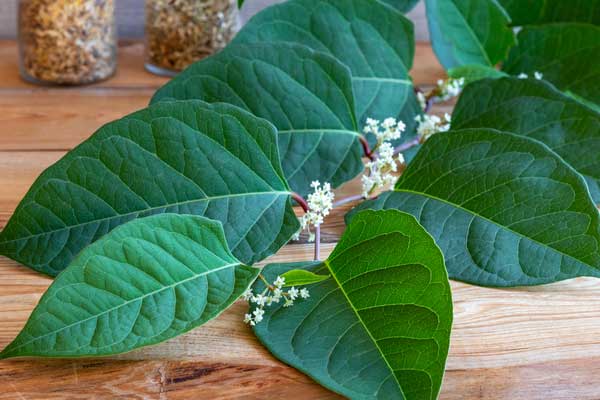Japanese knotweed is a fast-growing and highly invasive weed that has become a significant problem for homeowners in the UK. Originally introduced as an ornamental plant, its destructive nature and extensive root system have caused substantial damage to properties. In this article, we will delve into the history of Japanese knotweed, explore its appearance and impact on buildings, discuss methods for dealing with it effectively, and examine the legal and insurance implications associated with this invasive plant. Whether you are a homeowner or in the process of buying or selling a property, understanding Japanese knotweed is crucial to protect your investment.

The History and Appearance of Japanese Knotweed
Japanese knotweed was brought to the UK by the Victorians as an attractive addition to their gardens. Its vibrant red shoots and heart-shaped green leaves made it popular initially. However, the plant’s invasive nature soon became apparent, leading to a change in perception. Above ground, Japanese knotweed appears unassuming, often mistaken for bamboo or bindweed. It features bamboo-like stems, green heart-shaped leaves, and occasionally produces white spiky flowers. However, it is below the surface where the real threat lies. The roots of Japanese knotweed can burrow up to three meters deep and spread as far as seven meters, penetrating buildings and causing extensive damage.
The Devastating Impact of Japanese Knotweed on Properties
While Japanese knotweed may seem harmless at first glance, its ability to infiltrate buildings and infrastructure is astonishing. The relentless growth of its underground roots can exploit any weaknesses in a property’s structure. Foundations, walls, drains, and floors are all vulnerable to its invasive nature. The resulting damage can amount to thousands of pounds, jeopardizing not only the health of your garden but also the structural integrity of your entire property. Recognizing and addressing Japanese knotweed is crucial to safeguard your investment and prevent further damage.
Effective Methods for Dealing with Japanese Knotweed
Eliminating Japanese knotweed is a challenging and time-consuming process. Due to its rapid growth rate, eradication can take up to three years. Immediate action is essential to prevent its spread to neighboring properties. In recent years, a landmark ruling has allowed homeowners to take legal action against neighbors if Japanese knotweed encroaches on their land. To effectively tackle Japanese knotweed, a coordinated and expert-led approach is necessary. Treatment typically involves spraying the plants with glysophate-based weed killer and excavating the roots. However, proper disposal is crucial, as disposing of it improperly can result in regrowth. Repeat treatments are necessary until no evidence of regrowth is found.
Legal Implications and Insurance Coverage for Japanese Knotweed
The presence of Japanese knotweed can have legal implications and impact property insurance coverage. While it may not cause immediate structural damage to robust buildings with substantial foundations, its potential to devalue properties and complicate mortgage applications and sales is a concern. The Royal Institution of Chartered Surveyors has published guidelines to help surveyors assess the threat posed by Japanese knotweed accurately. Homeowners who discover Japanese knotweed near or on their property often need to obtain a specialized indemnity policy to mitigate potential damage and cover treatment costs. Sellers are obligated to disclose the presence of Japanese knotweed, as misrepresentation can lead to legal consequences and financial liability.
Conclusion
Japanese knotweed is a highly invasive weed that poses a significant threat to properties in the UK. Its history as an ornamental plant and subsequent recognition of its destructive nature have prompted the need for effective strategies to deal with it. Homeowners must be aware of its appearance, potential damage, and proper eradication methods. Additionally, buyers and sellers of properties affected by Japanese knotweed should understand the legal and insurance implications involved. By taking proactive measures and seeking professional assistance, individuals can protect their investments and ensure the long-term health of their properties.
